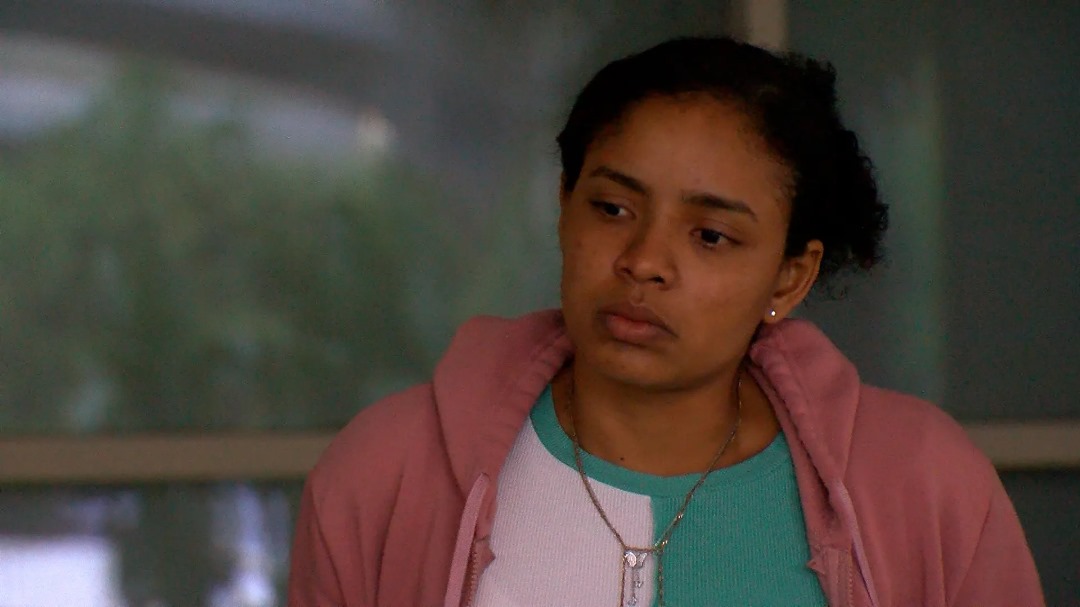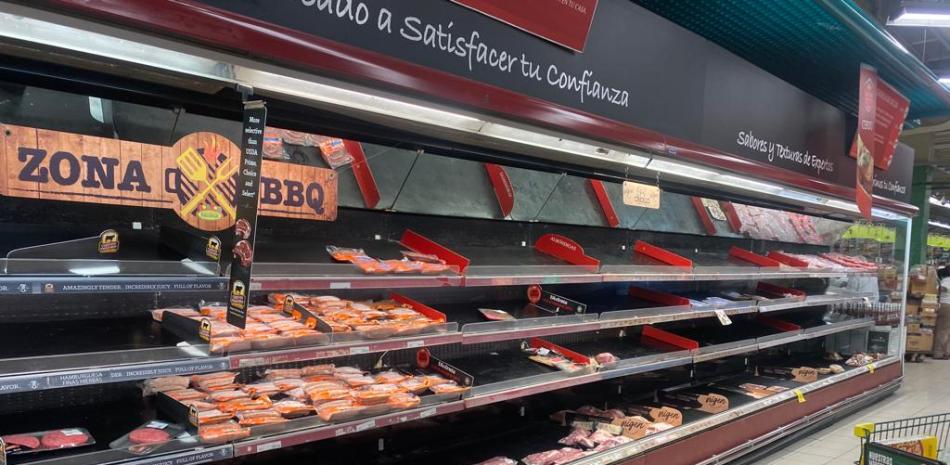Dan Ellison started shrimping when he was 12, bringing a change of clothes on the boat so he could make it to school after early-morning outings. He would sketch shrimp boats in class, before quitting school in eighth grade to pursue his passion.
“I couldn’t do what a doctor or lawyer does,” Mr. Ellison, 61, said. “But they couldn’t do what I do. You’ve got to know so much to survive.”
He joined his father shrimping and fishing in tiny Horseshoe Beach, Fla., a business that took a significant hit when the state banned net fishing in the 1990s. In a good year, he said, he makes about $30,000.
“It’s just a dying breed,” Mr. Ellison said of shrimpers in the Big Bend region, where the Florida peninsula meets the Panhandle. And the damage wrought by Hurricane Idalia presents a whole new challenge.
Up and down the Nature Coast, as this remote part of the state is known, the residents of scattered fishing villages and beach towns began to contend on Thursday with what their livelihoods might look like as they rebuild from the storm, which hit them directly as a Category 3 hurricane.
Idalia struck in the sweltering late summer, when tourism is low, giving places like Cedar Key and Keaton Beach, where Idalia’s center made landfall, at least a little time to get mom-and-pop shops, seafood shacks and bed-and-breakfasts back on their feet.
But the fate of the local fishing industry is more uncertain. For three decades, since the net-fishing ban effectively abolished the region’s commercial fishing industry, families there have subsisted on taking tourists out sport fishing, or on clamming, scalloping and crabbing in waters kept pristine by the state and federal nature preserves that line the Big Bend. But now Mr. Ellison and others don’t know when they’ll be able to get out on the water again.
“This is an important part of the economy here,” Gov. Ron DeSantis said on Thursday in Steinhatchee, a tiny community still swamped by goopy river mud from Idalia’s storm surge. He promised to request federal funds to rebuild fisheries, adding, “It is going to be a blow to a lot of folks in that industry.”
President Biden said that he would visit the Big Bend on Saturday to see the damage. On Thursday afternoon, Idalia headed into the Atlantic Ocean, where it could strengthen once again and hit Bermuda.
All through the region, people used to living close to nature and isolated from big cities sweated on Thursday through the hard work of cleanup. In Yankeetown, Justin Lord, who goes by Captain J.C. and makes a living taking families out to fish or scallop, was glad that he had moved his boat — and his home, a recreational vehicle — out of harm’s way ahead of the storm.
But the dock where his boat typically anchors was snapped in half, and the muddy waters kicked up by the hurricane could take time to clear. That likely spells the end of this year’s scalloping season, which usually goes until late September.
“It’s going to be real slow for a while,” he said, “because our waters are dirty.”
In Steinhatchee, the placid saltwater flats were cloudy with sediment and debris. That’s usually where you can find Bobbi Brady, 42, a shrimper who also takes tourists out to fish. Now, she does not expect visitors to return to the muck-covered town, known for egrets and Spanish moss as well as fishing, anytime soon.
“That’s our income,” she said.
In Keaton Beach, Laurie Brenner’s barbershop, the Razor’s Edge, lost its roof, leading her to worry that her property insurance would get even more expensive. It made her wonder whether she should go — like many other longtime residents who have sold their beachside homes for handsome profits — or stay.
“Living on the water, you’ve got to be tough,” she said. “I just don’t know how much heart I can keep putting into it.”
In Cedar Key, where the downtown is speckled with pastel-colored buildings and a sign reminds visitors that time “moves slowly,” Ben Iversen gave away coffee and croissants outside his coffee shop, 1842 Daily Grind, as he mopped the mud inside. Mr. Iversen, 40, moved to Cedar Key two years ago from Orlando, seeking a change during the pandemic.
“I’ve been living in big cities my whole life, and this is a really nice downshift,” he said. “There’s not a single stop light. All independently owned businesses, too.”
Jeff Webb, whose family has been on Cedar Key for generations, is the dean of the Cedar Key School, a pre-K-12 public school with about 200 students. This being a small town, he also roasts Mr. Iversen’s coffee beans.
“Cedar Key is one of the very last Old Florida bastions left,” he said, noting how his great-grandfather was a fisherman and his grandmother taught at the school he now helps run. “We’ve got city codes to prevent high rises. We won’t let buildings go up because we want it that way.”
Bobby Witt, a 66-year-old clam farmer in Cedar Key who also runs a charter boat, made it through Idalia on his houseboat with his cat, Little Gray. But his clam boat, the Mudrunner, was marooned in marshy woods nearby. He will need to retrieve it to check on his clam farm, which is a little more than a mile away in the Gulf of Mexico.
Mr. Witt has a million and a half hard clams waiting to be harvested next year, he said — assuming they have survived. The hurricane may have buried them in the mud, Mr. Witt said, or they may have been battered by underwater debris.
“We’re just going to have to see,” he said. “This is on top of an extremely hot summer where our Gulf waters have been hotter than they were for several years.”
Even in this isolated part of the state, concerns have started to grow about modest but idyllic places like Cedar Key becoming increasingly unaffordable for local residents and workers. Frank Pattillo, 81, noted that his former home recently sold for about $1.2 million.
“The last few years up here have gone kind of nuts,” he said. “It pushed people born and raised here to the mainland.”
At the Cedar Key Historical Society Museum, which opened its doors and windows on Thursday to dry out, an exhibit said that clamming represented $30 million of the local economy in 2016, producing between 125 million and 150 million clams, or about 90 percent of Florida’s harvest.
Anna White Hodges, the museum’s executive director, is a former clammer. She recalled how, after the net fishing ban, fishermen were retrained to raise oysters. But then a storm — she could not remember which one — wiped away the oyster frames, and people realized that clams were more resilient.
Cedar Key has reinvented itself before after major storms, Ms. Hodges noted. The 1896 Cedar Key Hurricane destroyed cedar mills that helped produce pencils. Hurricane Easy in 1950 reduced the island’s population.
“What are we going to do next?” she said. “How will we survive now?”
Horseshoe Beach had been a retirement haven: quiet, other than the noise of airboat engines. But Hurricane Idalia walloped the village in the final stretch of scallop season and right before shrimping season.
On Thursday, Mr. Ellison, the shrimper, wore white waders smudged with dirt. The storm blew away his father’s tools. The Miss Laura, the boat he built with his father and named after his daughter 41 years ago, had a cracked deck and a hole in the side.
Near the marina, Mr. Ellison searched to see what, if anything, he could salvage.




